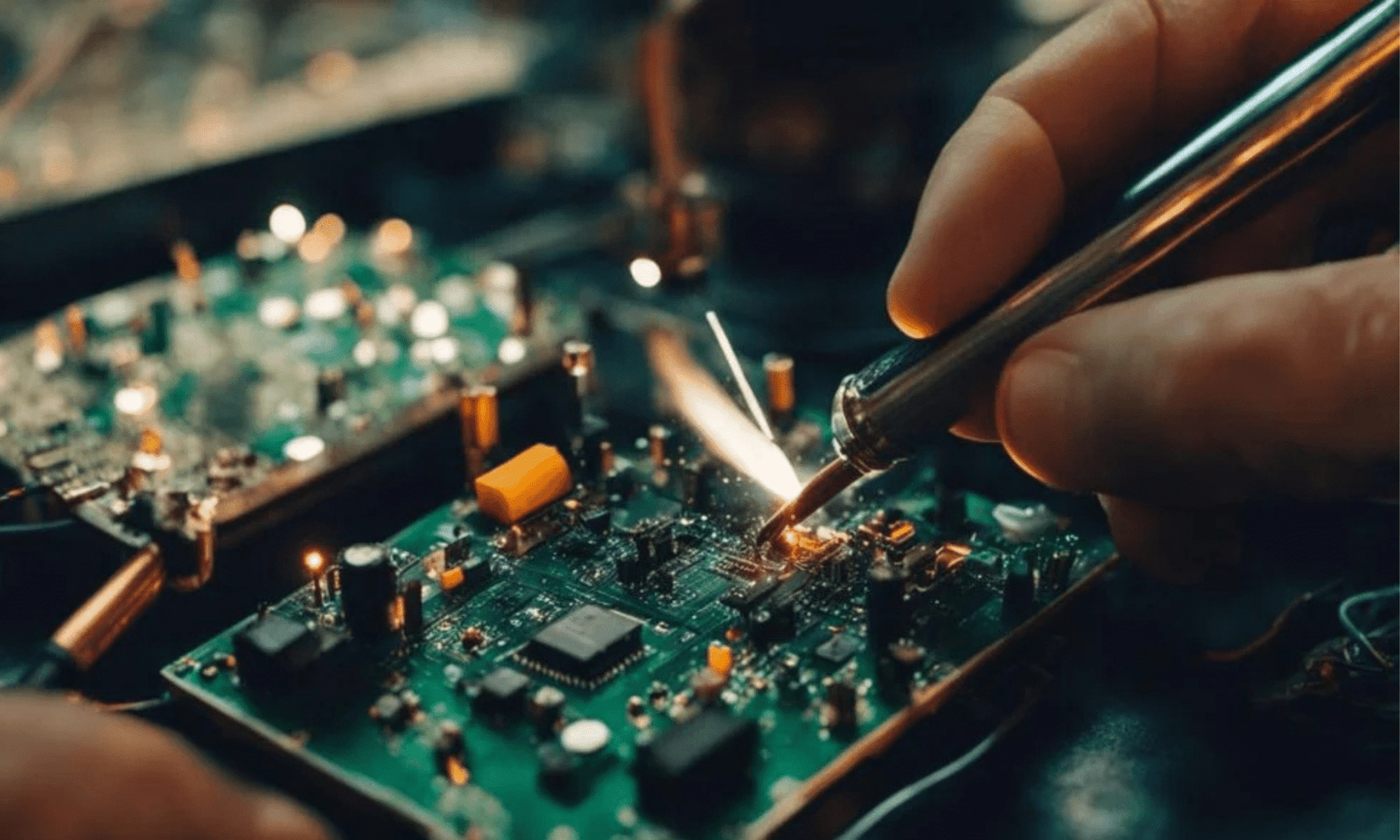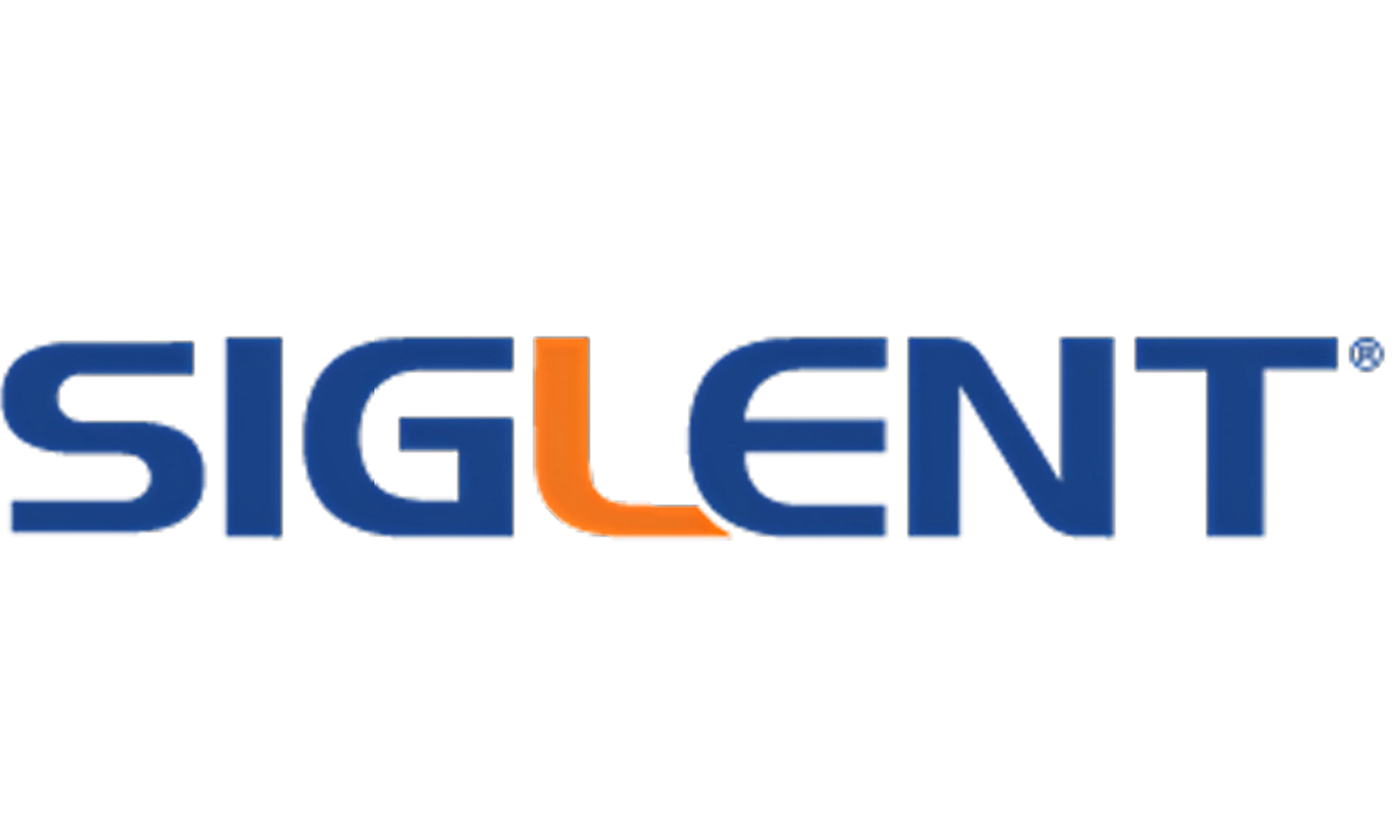A Complete Guide to Choosing the Right Soldering Station

Choosing the right soldering station is essential for both hobbyists and professional electronics work. A good soldering station ensures precision, efficiency, and safety during soldering tasks. It reduces the risk of damaging components or creating poor connections. Understanding key features and technologies helps in making the right selection. This guide explains everything you need to know before buying a soldering station.
Types of Soldering Stations
Soldering stations come in several types, including analog, digital, and hot air models. Analog stations use simple temperature knobs and are budget-friendly. Digital stations provide precise temperature control and advanced features. Hot air stations are suitable for surface-mount devices and rework tasks. Choosing the right type depends on your soldering needs and experience level.
Digital soldering stations offer consistent heat control, improving soldering quality. Analog stations are easier to operate for beginners and require minimal setup. Hot air stations allow non-contact soldering for delicate components. Each type has advantages for specific tasks in electronics assembly. Consider your workflow and project type before deciding.
Advanced soldering stations often combine multiple features for versatility. Some include both soldering iron and hot air functions. This integration saves space and provides convenience for complex work. Multi-functional stations are ideal for professional labs or serious hobbyists. Understanding the type helps optimize efficiency and precision.
Temperature Control Features
Accurate temperature control is crucial to avoid overheating sensitive components. Digital stations allow precise adjustment in degrees, ensuring stable soldering conditions. Some stations have pre-set temperature modes for common tasks. Temperature stability ensures consistent solder joints and reduces rework. Advanced models offer programmable profiles for repetitive projects.
Analog stations rely on manual adjustment, which may fluctuate slightly during use. Stability depends on the quality of the heating element. Some analog models offer basic temperature indication through LED or dial. Consistent control is important when working with fine-pitch components. Temperature features affect both soldering quality and component safety.
Hot air stations also benefit from precise temperature and airflow control. Overheating can damage PCBs and surrounding parts. Programmable settings reduce errors and improve efficiency in production environments. A good soldering station balances performance, control, and reliability. Always check the manufacturer’s specifications for temperature accuracy.
Wattage and Heating Power
The wattage of a soldering station determines how quickly it heats and maintains temperature. Higher wattage provides faster recovery after soldering heavy joints. Low-wattage stations may struggle with large components or prolonged work. For electronics, a 40–80 watt station is generally sufficient. High-performance stations improve efficiency in professional applications.
Wattage also affects temperature stability. High-power stations can maintain heat consistently even with frequent use. Low-power models are suitable for light, occasional work. Consider the type of soldering you do most often before selecting wattage. Matching wattage to your workload ensures better results and longer tool life.
Some stations include energy-saving features or auto-sleep modes. These features prevent overheating and extend the lifespan of the heating element. Choosing a station with appropriate wattage and recovery time ensures smooth operation. Professional users benefit from faster heat-up and better thermal stability. Efficiency and performance go hand in hand when selecting a station.
Tip Types and Interchangeability
Soldering tips come in various shapes, including conical, chisel, and bevel tips. Different tips suit different tasks, from precision soldering to large connections. Interchangeable tips provide flexibility for diverse projects. High-quality tips improve heat transfer and soldering accuracy. Selecting the right tip type is crucial for clean, reliable joints.
Chisel tips are versatile for most PCB work and general soldering. Conical tips are ideal for precise work on small components. Bevel tips handle larger surfaces and drag soldering efficiently. Some soldering stations include a kit with multiple tip options. Interchangeable tips extend the usability and value of a soldering station.
Tip material and coating also impact performance. Copper cores coated with iron are common for durability. Proper maintenance, like tinning, prolongs tip life. Heat transfer efficiency depends on the tip’s shape and material. Choosing a station that supports a variety of tips ensures adaptability for future projects.
Safety Features
Soldering involves high temperatures, so safety features are important. Stations with auto-shutoff prevent accidents if left unattended. ESD-safe models protect sensitive electronic components from static damage. Heat-resistant stands and grips reduce burn risks. Proper safety features improve work quality and user confidence. Consider safety certifications when choosing a station.
Temperature lock and warning indicators are common in digital stations. They prevent accidental overheating and alert users to potential hazards. Insulated handles and ergonomic designs reduce fatigue. Safety extends beyond the user, protecting components from damage. Reliable stations combine performance with robust safety measures.
Ventilation and fume extraction can enhance safety during soldering. Some stations integrate fume suckers to remove harmful fumes. Proper ventilation prevents respiratory irritation during prolonged work. Combining electrical and thermal safety ensures a safer workspace. Prioritizing safety features is essential for hobbyists and professionals alike.
Build Quality and Durability
A soldering station should be robust and built for long-term use. High-quality materials ensure stability and reliability over time. Durable heating elements maintain consistent performance. Stations with solid bases and heat-resistant casings offer better user experience. Investing in quality reduces downtime and maintenance costs.
Professional-grade stations often use replaceable modules for easy repair. Plastic components should be heat-resistant and impact-proof. Metal chassis enhance longevity and stability. Ergonomics contribute to comfort during extended soldering sessions. Build quality affects performance, safety, and lifespan of the tool.
Consider warranty and brand reputation when evaluating durability. Trusted manufacturers often provide replacement parts and support. Quality soldering stations maintain performance even under frequent use. Choosing a durable station saves money in the long run. Build quality is a key factor for serious users and professionals.
Accessories and Additional Features
Many soldering stations include accessories like tip cleaners, stands, and solder wire holders. Extra features enhance convenience and workflow efficiency. Digital models may include programmable temperature profiles. Accessories and features improve precision, comfort, and speed. Consider what comes with the station when making a purchase.
Fume extraction units or fans are useful for prolonged soldering tasks. Integrated displays provide real-time temperature readings. Some stations offer dual outputs for simultaneous work with multiple irons. Accessories contribute to a more organized and productive workspace. The right extras complement the core functionality of the station.
Multi-functional stations allow combination of soldering and hot air work. This versatility is useful for surface-mount rework or advanced repairs. Choosing a station with compatible accessories ensures future expansion. Features should match the user’s skill level and project requirements. Additional tools enhance both efficiency and quality.
Price Considerations
Soldering stations range from budget-friendly to premium professional models. Price reflects features, temperature precision, and build quality. Beginners may choose economical analog stations. Professionals benefit from advanced digital stations with full control. Evaluating price against requirements ensures value for money.
High-end stations often provide longer warranties and superior components. Budget models may compromise on heating speed or tip quality. Assess what features are essential for your work. Avoid overspending on unnecessary extras if basic functionality suffices. A balanced choice ensures both cost efficiency and performance.
Consider long-term costs, including replacement tips and maintenance. Cheaper stations may require frequent repairs or upgrades. Premium stations usually have lower long-term ownership costs. Investing wisely ensures reliability, efficiency, and durability. Price should align with usage frequency and task complexity.
Maintenance and Care
Regular maintenance ensures consistent soldering quality and prolongs station life. Cleaning tips after use prevents oxidation and improves heat transfer. Periodic calibration maintains temperature accuracy. Proper storage avoids damage to sensitive components. Following manufacturer guidelines is essential for optimal performance.
Tinning tips before storage prevents corrosion. Replace worn tips to maintain efficiency. Inspect cables and connectors for wear and tear. Dust and debris can affect electronic components over time. Maintenance routines safeguard both the station and your work quality.
Advanced stations may include self-cleaning or diagnostic features. Monitoring tip health ensures reliability in professional environments. Proper care reduces downtime and repair costs. A well-maintained soldering station delivers consistent results. Maintenance is a simple step toward long-term investment protection.
FAQs
What type of soldering station is best for beginners?
Analog soldering stations are simple, affordable, and easy to use for beginners. They provide sufficient temperature control for most small electronics projects. Digital stations offer more features but may be overkill for beginners. Consider the type of projects you plan to work on. Start simple and upgrade as needed.
How important is temperature control in soldering stations?
Temperature control is crucial to avoid overheating components and ensure quality joints. Digital stations provide precise adjustments, while analog models may fluctuate slightly. Consistent temperature improves soldering efficiency and reliability. Overheating can damage PCBs and components. Choose a station that maintains stable heat.
What accessories should I look for in a soldering station?
Look for stands, tip cleaners, and fume extraction options. Displays and programmable temperature profiles add convenience. Multi-functional stations may include hot air tools. Accessories improve workflow, precision, and safety. Consider what fits your typical projects.
How often should I replace soldering tips?
Tips should be replaced when worn, corroded, or damaged. Proper maintenance like tinning can extend tip life. Frequency depends on usage intensity and type of soldering tasks. High-frequency use requires more frequent replacement. Always monitor tip condition to maintain quality solder joints.
Are expensive soldering stations worth it?
Premium stations offer better temperature stability, build quality, and features. They are ideal for professional use or complex projects. Budget models may suffice for occasional hobby work. Consider long-term use, durability, and performance needs. Expensive stations often provide better reliability and lifespan.












